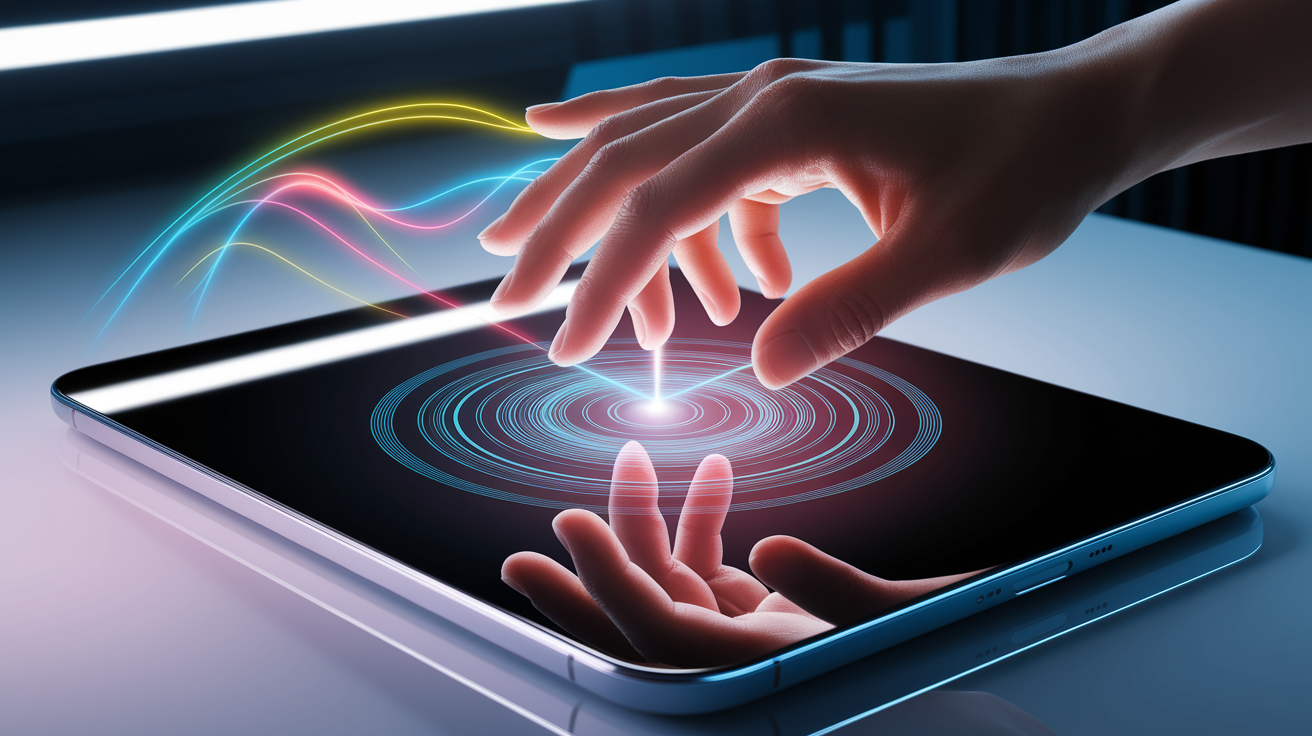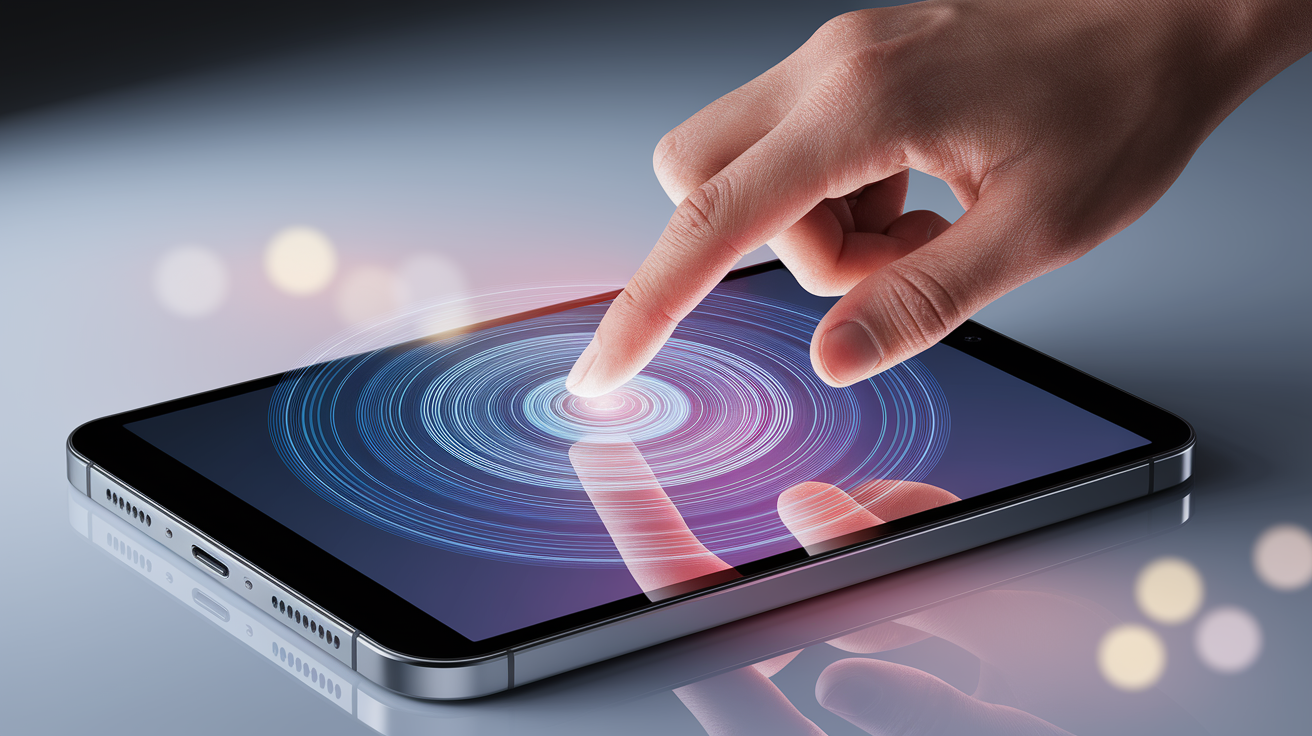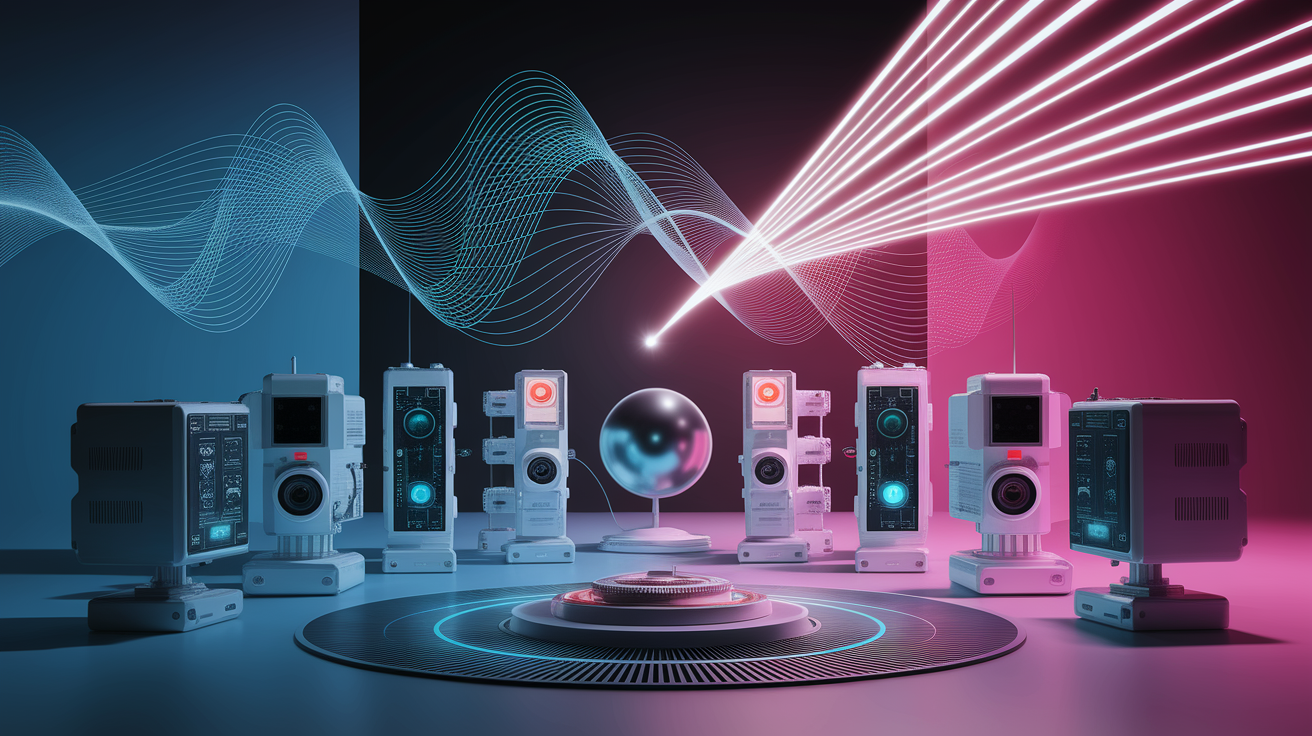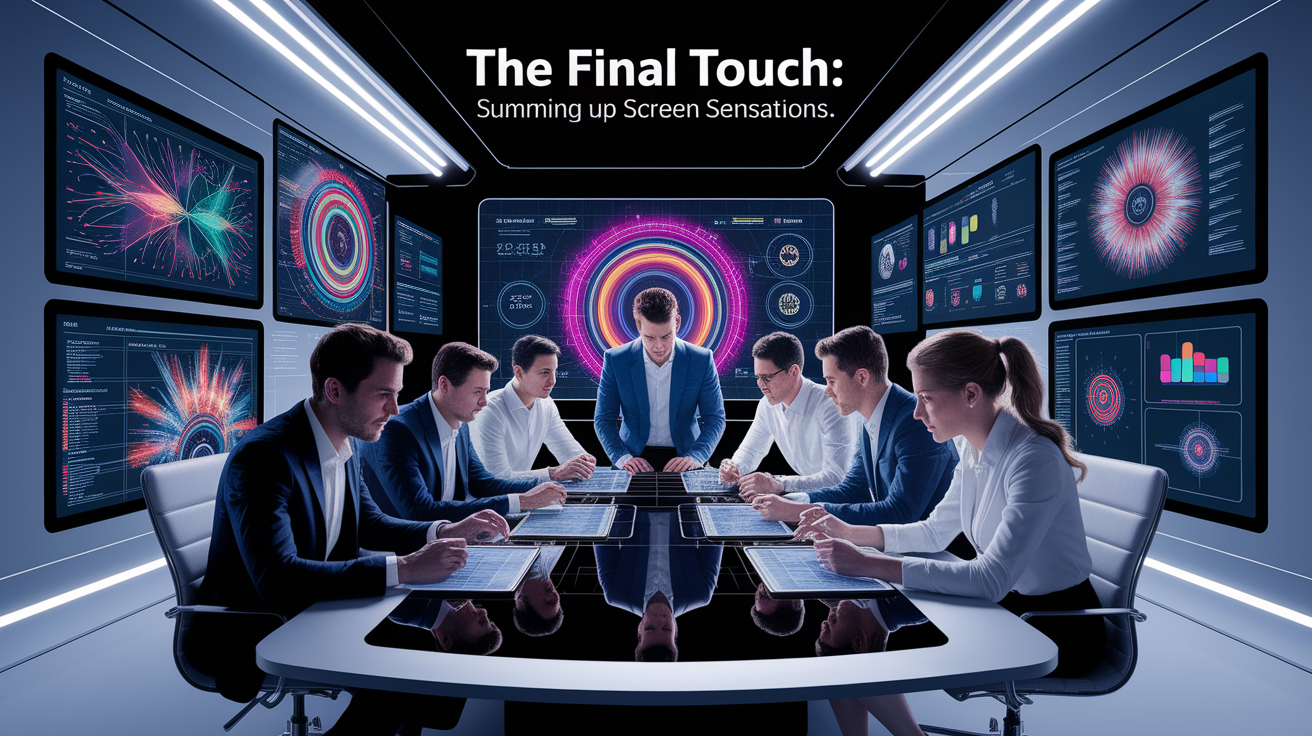Quick Answer: Touchscreens detect your finger by sensing changes in electrical charge, pressure, light, or sound waves on their surface. Different technologies—like capacitive, resistive, infrared, and acoustic—use distinct methods to pinpoint where you’ve touched the screen and translate that into on-screen actions.
The First Touch: How Screens Feel Your Finger
Whether you’re swiping through photos or typing out a message, your touch screen knows exactly where your finger lands. This is thanks to layers of display technology and sensors hidden beneath the transparent glass layer. When you touch the surface, the screen registers a change in either its electrical, optical, or acoustic properties.

According to HowStuffWorks and Wikipedia, touchscreens broadly fall into four main categories:
- Capacitive touch: Measures shifts in electrical charge.
- Resistive touch: Detects pressure that brings two conductive layers into contact.
- Infrared touch: Uses light beam interruptions to locate touch.
- Surface acoustic wave: Relies on sound wave disturbances.
Each method has its own way of pinpointing your interaction, but all share the same goal: converting a fingertip’s location into a precise digital command.
Touchscreens translate the invisible – a tiny change in charge, a blocked light beam, or an interrupted sound wave – into visible action on your device.
Capacitive Touchscreens: Sensing Electric Charge
In a capacitive touch system, there’s a special conductive layer sitting just beneath the glass panel. This layer stores an electric charge. When your finger—also a conductor—touches the glass, it draws a tiny amount of this charge away. This change, called a variation in capacitance, is detected by an electrode and sensor array positioned around the display.

The capacitive sensing principle works because the human body can conduct electricity. The processor instantly calculates your touch point by comparing charge differences between sensors. These changes are transmitted via circuitry at incredible speeds, thanks to the rapid propagation of electrical signals.
- Pros: High clarity (about 90% light transmission), supports multi-touch gestures, highly responsive.
- Cons: Generally requires direct skin contact (bare finger) or a specially designed conductive stylus.
Multi-touch functionality works because the system can detect and process multiple capacitance changes simultaneously, letting you zoom or rotate with two or more fingers.
Resistive Touchscreens: Pressure-Driven Contacts
Resistive touch screen operation relies on physical pressure instead of electrical charge. Here, you’ll find a flexible conductive top layer above a rigid glass base, separated by tiny insulating dots called spacers. A thin voltage is applied to both layers.

When you press down—whether with a gloved finger or stylus—the top layer flexes until it touches the bottom layer. This closes a circuit, changing the measured resistance, which tells the system exactly where you pressed. Technical overviews explain that the system calculates coordinates by reading voltage shifts along X and Y axes.
- Pros: Works with any pointing object, lower cost.
- Cons: Less light transmission (more glare), lower multi-touch capability, screen wear over time.
Resistive screens don’t care if it’s a bare finger, a pen cap, or a gloved hand—they respond to pressure, not electric charge.
Other Methods: Acoustic, Infrared, and Beyond
Surface Acoustic Wave (SAW)
SAW systems send ultrasonic sound waves across the screen’s surface. When you touch it, your finger absorbs part of the wave’s energy. According to Wikipedia’s technical description, sensors at the edges detect which wave paths were altered. This tells the system where you touched. These panels boast high clarity but may struggle if dirt or water interrupts the waves.
Acoustic Pulse Recognition
This method listens for sound vibrations your touch creates in the glass and compares the pattern to stored profiles—a bit like sound fingerprinting. It’s quick and works with a variety of input objects.

Infrared (IR) Touchscreens
Infrared touchscreens frame the display with invisible IR light beams from LEDs to detectors. Touching the screen interrupts certain beams, allowing the system to calculate your coordinates. No special top layer means excellent clarity and no wear from physical contact. However, dirt build-up or bright sunlight can affect performance.
- Pros: Works with any object, high durability, no overlay needed.
- Cons: Sensitive to dirt, dust, and ambient light interference.
Other niche techniques include dispersive signal technology, which analyzes the piezoelectric effect in glass when touched.
The Final Touch: Summing Up Screen Sensations
When you tap your phone, tablet, or kiosk, you’re using sophisticated finger recognition technology that blends physics, engineering, and clever algorithms. Capacitive systems sense the body’s electrical current, resistive screens feel pressure, infrared panels catch light beam interruptions, and acoustic setups listen for wave disruptions.

They all share one amazing trait: turning a simple human touch into a precise digital signal. Whether it’s light behind a vibrant display or the electronics behind touch screens processing your gestures in milliseconds, these everyday interactions remind us how seamlessly technology merges physical and digital worlds.
Next time you pinch-to-zoom or swipe to answer a call, you’ll know you’re not just moving pixels—you’re engaging in a tiny, fascinating exchange of forces, charges, or waves, all happening right under your fingertips.













